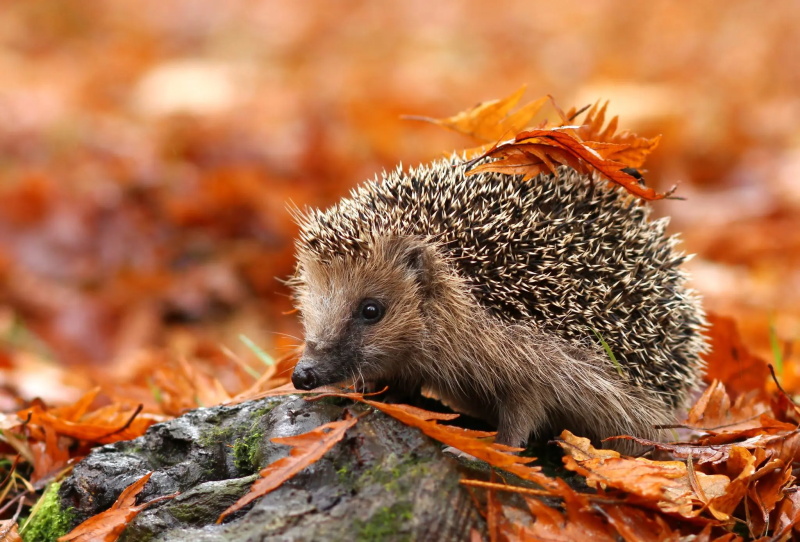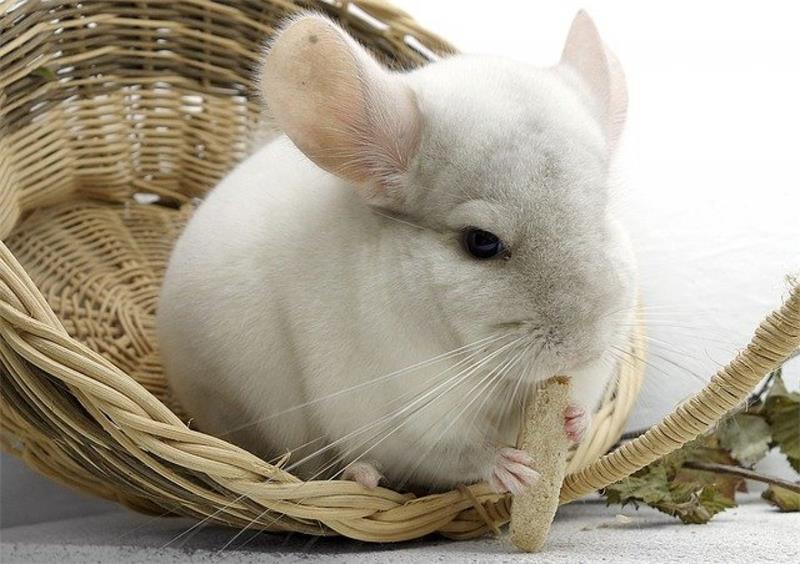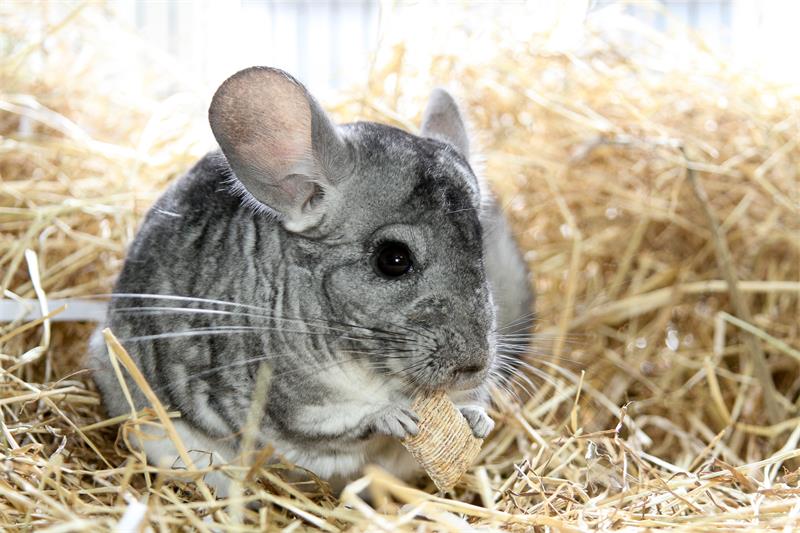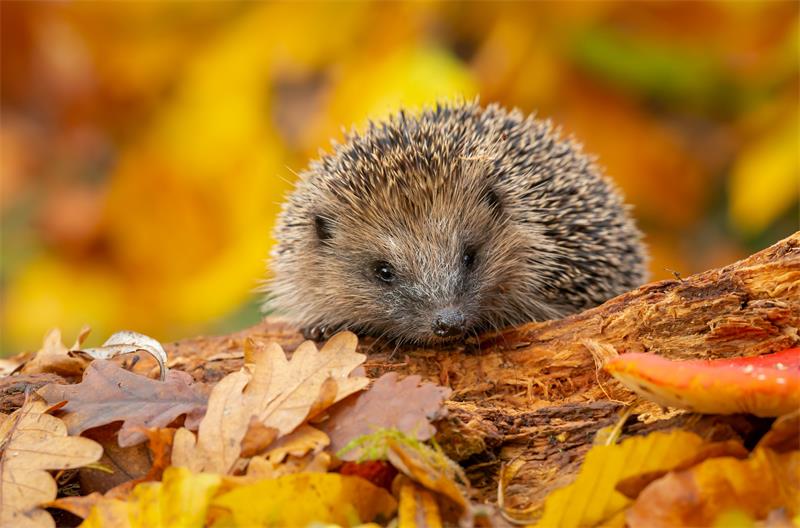
Table of Contents
Hedgehogs are one of the most beloved animals in the UK, often seen in gardens and parks during warm summer nights. However, they are also one of the most threatened mammals in the country, facing a rapid decline in numbers due to habitat loss, road traffic, predation, and disease. According to some estimates, there could be fewer than one million hedgehogs left in the UK.
One of the key factors that could affect the survival of hedgehogs is climate change, which may alter their natural behavior and physiology. Hedgehogs are hibernators, meaning that they enter a state of torpor during the cold winter months when food is scarce and temperatures are low. Hibernation allows them to conserve energy and survive until spring when they can resume their normal activities and breeding.
However, climate change may disrupt the hibernation patterns of hedgehogs, as well as their food supply and thermoregulation. In this article, we will explore how climate change is affecting hedgehogs in different ways, and what are the implications for their future.
How Climate Change Affects Hedgehog Food Supply
Hedgehogs are insectivores, meaning that they feed mainly on insects, worms, snails, and other invertebrates. They have a varied diet that depends on the availability and seasonality of their prey. Some of their favorite foods include beetles, caterpillars, earwigs, millipedes, and earthworms.
Climate change may affect the food supply of hedgehogs in several ways. One of the main concerns is that global warming may put the food chain out of sync, meaning that the insects and other creatures that hedgehogs like to eat may start to appear and disappear at different times of the year than when hedgehogs have traditionally eaten them.
For example, warm and wet winters may bring more earthworms to the surface, which may seem like a good thing for hedgehogs that briefly come out of hibernation during the winter. However, cold and dry springs may mean that earthworms are in short supply, just when hedgehogs need them to build up their strength for breeding.
Another example is that extremely heavy rain and flooding associated with climate change may wash away or drown many insects that hedgehogs rely on for food. This may reduce the abundance and diversity of prey available for hedgehogs during the summer months.
Climate change may also affect the distribution and abundance of some invasive species that compete with or prey on hedgehogs’ food sources. For instance, some studies have suggested that climate change may favor the expansion of slugs and snails in some areas of the UK. These mollusks may not only reduce the availability of insects for hedgehogs, but also transmit parasites and diseases that can harm them².
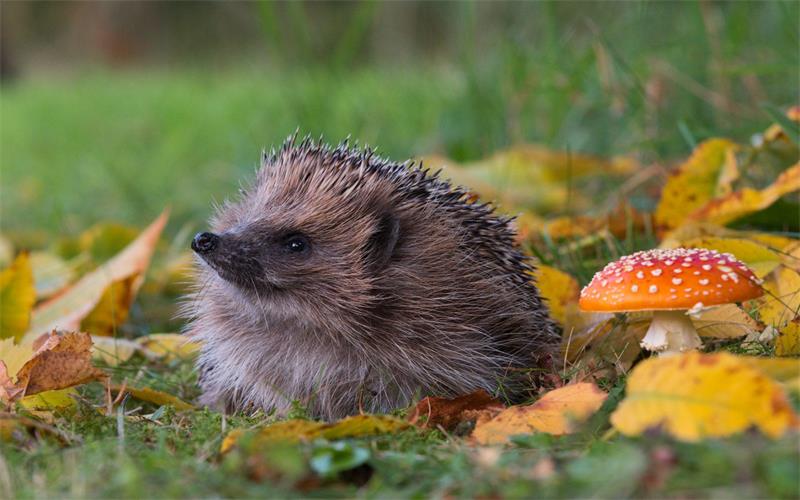
How Climate Change Affects Hedgehog Thermoregulation and Biological Clock
Hedgehogs are ectotherms, meaning that they rely on external sources of heat to regulate their body temperature. They have a thick coat of spines and fur that helps them to retain heat during cold weather, but also makes them vulnerable to overheating during hot weather.
Hedgehogs use hibernation as a way to cope with low temperatures and food scarcity during winter. Hibernation is a complex physiological process that involves lowering the body temperature, heart rate, breathing rate, and metabolic rate of an animal to save energy. Hibernation is triggered by environmental cues such as day length, temperature, and food availability.
Climate change may affect the thermoregulation and biological clock of hedgehogs in different ways. One of the possible effects is that warmer winters may delay or shorten the hibernation period of hedgehogs. This may have both positive and negative consequences for hedgehogs.
On one hand, shorter hibernation periods may allow hedgehogs to take advantage of longer periods of food availability and breeding opportunities. This may increase their chances of survival and reproduction.
On the other hand, shorter hibernation periods may also expose hedgehogs to more risks, such as predation, road traffic, and disease. Moreover, hedgehogs may lose a considerable amount of weight during hibernation, as much as 0.2 to 0.3% of their body weight each day, or up to 40% of their initial body weight by the end of the hibernation period⁵. Therefore, hedgehogs need to have enough fat reserves before entering hibernation, and enough food sources after emerging from it, to avoid starvation and dehydration.
Another possible effect of climate change is that warmer summers may increase the risk of overheating and dehydration for hedgehogs. Hedgehogs have a limited ability to cool down by sweating or panting, and they may suffer from heat stress if the ambient temperature exceeds 35°C. Hedgehogs may also have difficulty finding water sources during droughts or heat waves, which may affect their hydration and health.
Climate change may also affect the biological clock of hedgehogs, which regulates their daily and seasonal rhythms of activity, feeding, and reproduction. The biological clock is influenced by environmental cues such as day length, temperature, and food availability. However, climate change may alter these cues and cause mismatches between the biological clock and the actual conditions.
For example, longer days and warmer temperatures in spring may induce hedgehogs to emerge from hibernation earlier than usual, but they may not find enough food sources or suitable mates if other animals or plants have not adjusted their timing accordingly. Similarly, shorter days and cooler temperatures in autumn may trigger hedgehogs to enter hibernation later than usual, but they may not have enough time to accumulate enough fat reserves or find a safe nest if the weather becomes too harsh too soon.
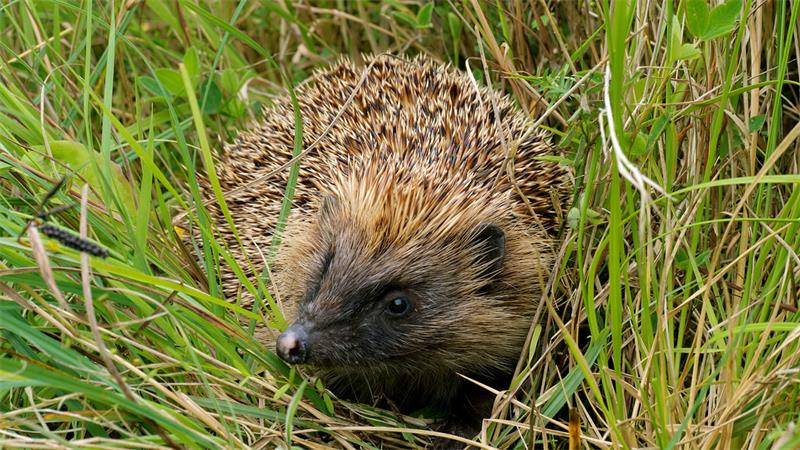
How Climate Change Affects Hedgehog Survival and Conservation
The effects of climate change on hedgehog food supply, thermoregulation, and the biological clock may have significant implications for their survival and conservation. Hedgehogs are already facing many threats from human activities such as habitat loss, road traffic, predation by domestic pets, and exposure to pesticides and parasites. Climate change may exacerbate these threats or create new ones for hedgehogs.
For instance, climate change may increase the frequency and intensity of extreme weather events such as storms, floods, droughts, heat waves, and cold snaps. These events may damage or destroy hedgehog habitats and nests, reduce or contaminate food sources and water supplies, increase exposure to predators and diseases, and cause injuries or deaths to hedgehogs.
Climate change may also affect the distribution and abundance of hedgehog populations across different regions. Some studies have suggested that climate change may favor the expansion of hedgehogs in northern areas of Europe where winters are becoming milder and food sources are becoming more abundant. However, other studies have indicated that climate change may reduce the suitability of habitats for hedgehogs in southern areas of Europe where summers are becoming hotter and drier and food sources are becoming scarcer.
Climate change may also affect the genetic diversity and adaptability of hedgehog populations. Hedgehogs are known to have low genetic variation within populations and high genetic differentiation between populations. This means that hedgehogs may have limited ability to cope with environmental changes or to migrate to new areas if their current habitats become unsuitable. Moreover, hedgehogs may also suffer from inbreeding and genetic drift, which may reduce their genetic diversity and fitness further.
Therefore, climate change poses a serious challenge to hedgehog conservation and requires urgent and coordinated actions from different stakeholders. Some of the actions and objectives that have been proposed by the Conservation Strategy for Hedgehogs in the UK include:
– Monitoring hedgehog populations and habitats across different regions and landscapes, using standardized methods and citizen science initiatives.
– Researching the impacts of climate change on hedgehog behavior, physiology, ecology, and genetics, and identifying the most vulnerable populations and areas.
– Promoting hedgehog-friendly land management practices in rural and urban areas, such as creating hedgerows, grasslands, woodlands, ponds, and gardens that provide food, shelter, and connectivity for hedgehogs.
– Reducing the threats from human activities such as road traffic, predation by domestic pets, exposure to pesticides and parasites, and illegal trapping or killing of hedgehogs.
– Raising awareness and engaging the public, landowners, policymakers, and other stakeholders in hedgehog conservation efforts, through education, outreach, advocacy, and collaboration.
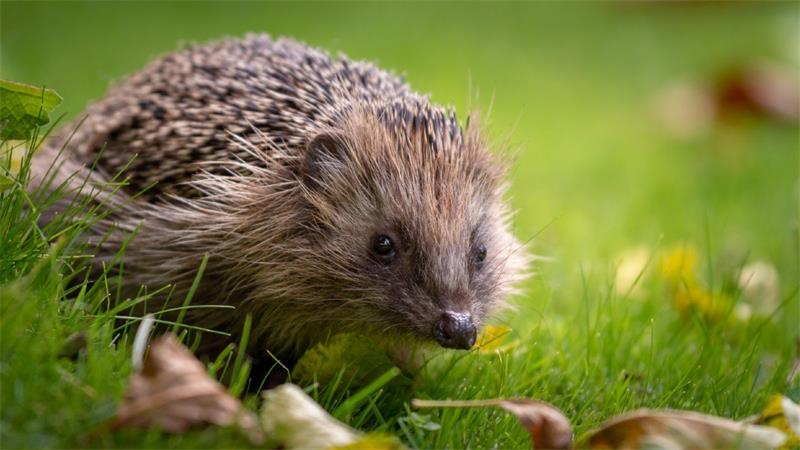
Conclusion
Hedgehogs are facing a multitude of threats from climate change, which may affect their food supply, thermoregulation, biological clock, survival, and conservation. Climate change may disrupt the hibernation patterns of hedgehogs, as well as their food availability and quality. Climate change may also increase the risk of overheating and dehydration for hedgehogs during summer. Climate change may also cause mismatches between the biological clock of hedgehogs and the actual environmental conditions. Climate change may also affect the distribution and abundance of hedgehog populations across different regions. Climate change may also affect the genetic diversity and adaptability of hedgehog populations.
To save hedgehogs from the effects of climate change, we need to understand them better and take action to protect them. We need to monitor hedgehog populations and habitats across different regions and landscapes. We need to research the impacts of climate change on hedgehog behavior, physiology, ecology, and genetics. We need to promote hedgehog-friendly land management practices in rural and urban areas. We need to reduce the threats from human activities such as road traffic, predation by domestic pets, exposure to pesticides and parasites, and illegal trapping or killing of hedgehogs. We need to raise awareness and engage the public, landowners, policymakers, and other stakeholders in hedgehog conservation efforts.
Hedgehogs are not only one of the most beloved animals in the UK, but also one of the most threatened. They deserve our attention and care. By working together to help hedgehogs cope with climate change, we can ensure that they will continue to delight us with their presence for many years to come.





